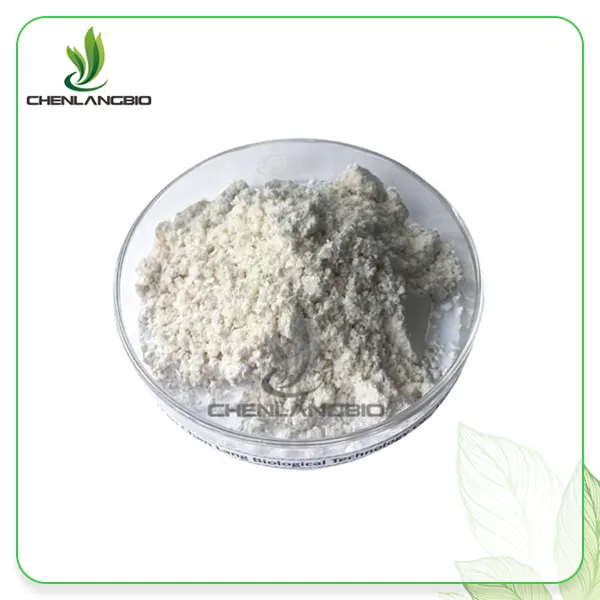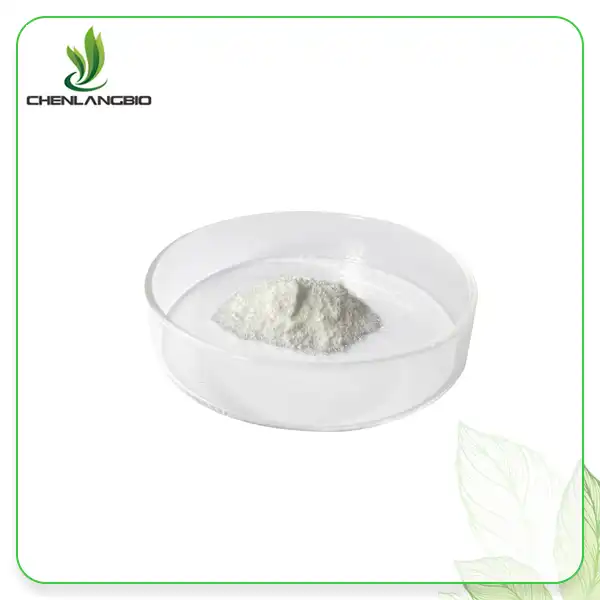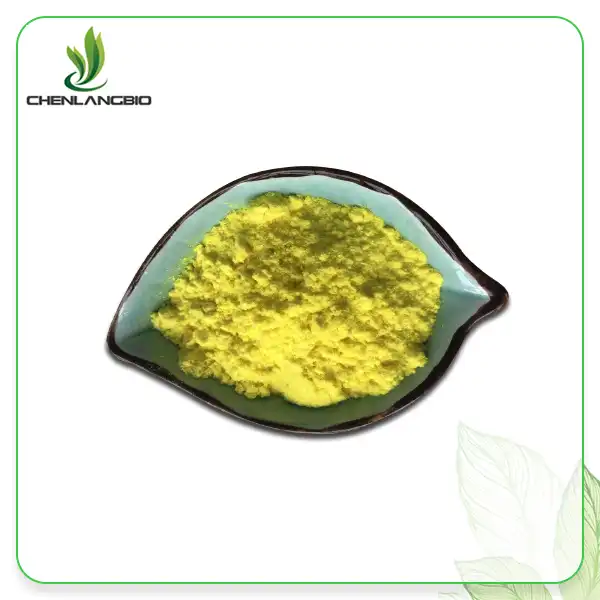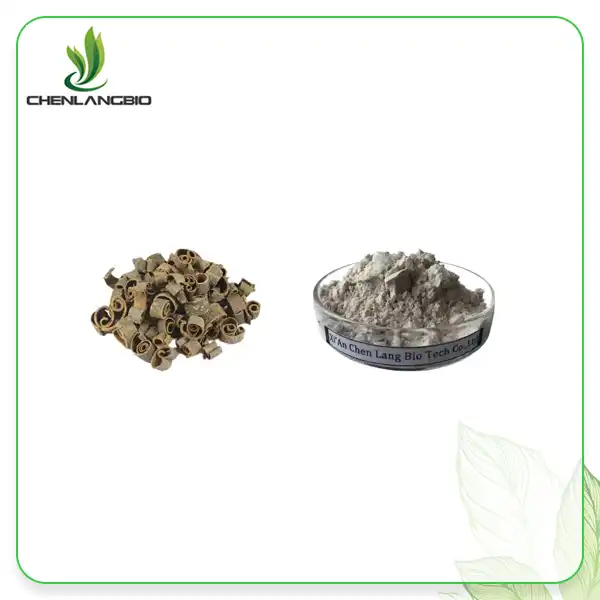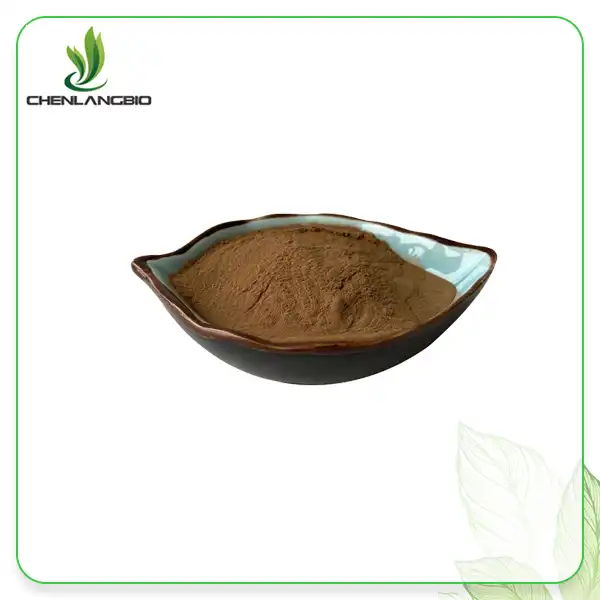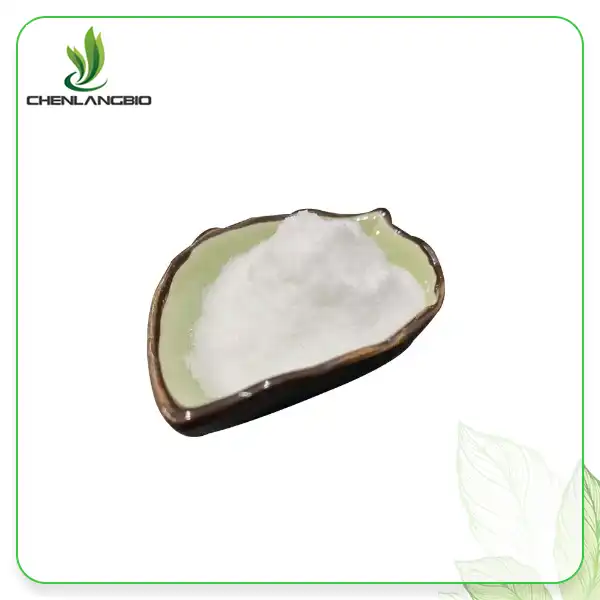Meglumine Powder: A Game-Changer in Pharmaceuticals
2025-05-08 07:53:17
Meglumine powder has emerged as a crucial component in the pharmaceutical industry, revolutionizing drug formulation and delivery. This versatile compound, also known as N-Methyl-D-glucamine, plays a pivotal role in enhancing the solubility and stability of various active pharmaceutical ingredients. As the demand for more effective and efficient medications continues to grow, meglumine powder has become an indispensable tool for researchers and manufacturers alike. This blog explores the significance of meglumine powder in drug development, its advantages over alternative compounds, and the exciting future trends that promise to shape the landscape of healthcare and pharmaceutical innovation.
Why Meglumine Powder is Essential for Drug Formulation?
Enhanced Solubility for Improved Bioavailability
Meglumine powder serves as a powerful solubilizing agent, significantly enhancing the solubility of poorly water-soluble drugs. This characteristic is paramount in pharmaceutical formulations, as it directly impacts the bioavailability of the active ingredients. By improving solubility, meglumine powder enables drugs to dissolve more readily in the gastrointestinal tract, facilitating better absorption and ultimately leading to increased therapeutic efficacy. The solubilizing properties of meglumine powder are particularly valuable when dealing with hydrophobic compounds. These substances, which are naturally resistant to dissolution in aqueous environments, can pose significant challenges in drug development. Meglumine's ability to form water-soluble salts with these compounds opens up new possibilities for formulating previously challenging drugs, expanding the repertoire of potential therapeutic agents available to the pharmaceutical industry.
Stability Enhancement in Pharmaceutical Preparations
Beyond its solubilizing capabilities, meglumine powder plays a crucial role in enhancing the stability of pharmaceutical preparations. Many active pharmaceutical ingredients are susceptible to degradation due to various factors, including pH changes, oxidation, and hydrolysis. Meglumine's properties as a buffering agent help maintain optimal pH levels, thereby protecting sensitive compounds from degradation and ensuring the longevity of the formulation. This stability-enhancing effect is particularly beneficial for liquid formulations and injectable solutions, where maintaining the integrity of the active ingredients is paramount. By incorporating meglumine powder into these preparations, manufacturers can extend the shelf life of their products, reduce the need for preservatives, and ultimately deliver more reliable and effective medications to patients.
Versatility in Formulation Applications
One of the most compelling aspects of meglumine powder is its versatility across various pharmaceutical applications. Its unique chemical structure allows it to serve multiple functions within a single formulation, streamlining the development process and reducing the complexity of drug compositions. Meglumine can act as a counterion for acidic drugs, forming stable salts that improve both solubility and stability. Additionally, its buffering properties make it an excellent choice for maintaining pH balance in diverse formulations. This versatility extends to different dosage forms, including oral tablets, injectable solutions, and topical preparations. In oral formulations, meglumine powder can enhance the dissolution rate of poorly soluble drugs, leading to improved absorption in the gastrointestinal tract. For injectable solutions, it helps maintain stability and prevents precipitation of active ingredients. In topical preparations, meglumine can facilitate better penetration of drugs through the skin barrier, enhancing the efficacy of dermatological treatments.
Comparing Meglumine Powder to Alternative Compounds
Superiority over Traditional Excipients
When compared to traditional excipients used in pharmaceutical formulations, meglumine powder demonstrates several advantages. Unlike common solubilizers such as polyethylene glycol (PEG) or propylene glycol, meglumine offers superior solubilizing properties without the potential drawbacks associated with these compounds. For instance, PEG has been known to cause hypersensitivity reactions in some patients, while propylene glycol can lead to toxicity concerns in high doses. Meglumine's unique chemical structure allows it to form stable complexes with a wide range of drug molecules, often resulting in better solubility profiles than those achieved with conventional excipients. This enhanced solubility translates to improved bioavailability, potentially allowing for lower drug doses and reduced side effects. Furthermore, meglumine's ability to act as both a solubilizer and a pH stabilizer simplifies formulation processes, potentially reducing the number of additional excipients required in a given preparation.
Environmental and Safety Considerations
In an era of increasing environmental awareness, meglumine powder stands out for its favorable ecological profile. Unlike some synthetic excipients, meglumine is derived from natural sources, specifically from the reduction of glucose. This origin contributes to its biodegradability and reduced environmental impact compared to petroleum-based alternatives. The eco-friendly nature of meglumine aligns with the growing trend towards sustainable pharmaceutical practices, making it an attractive option for manufacturers looking to minimize their environmental footprint. From a safety perspective, meglumine powder boasts a well-established toxicological profile, with decades of use in various pharmaceutical applications. Its low toxicity and high tolerability make it suitable for use in a wide range of formulations, including those intended for sensitive patient populations. This safety profile contrasts favorably with some alternative compounds that may pose risks of allergic reactions or long-term toxicity concerns.
Cost-Effectiveness in Pharmaceutical Manufacturing
Whereas the beginning taken a toll of meglumine powder may be higher than a few conventional excipients, its in general cost-effectiveness in pharmaceutical fabricating gets to be clear when considering the broader picture. The multifunctional nature of meglumine frequently permits for the rearrangements of definitions, possibly decreasing the number of excipients required and streamlining the fabricating handle. This disentanglement can lead to noteworthy fetched reserve funds in terms of crude materials, generation time, and quality control measures. Moreover, the improved solvency and solidness given by meglumine can contribute to progressed item surrender and decreased squander amid fabricating. By minimizing the hazard of sedate precipitation or corruption, meglumine makes a difference guarantee reliable item quality, possibly decreasing the require for exorbitant group dismissals or adjust. In the long term, these variables combine to make meglumine powder a cost-effective choice for pharmaceutical companies looking for to optimize their definition and generation forms.
Future Trends for Meglumine in Healthcare
Advancements in Nanotechnology Applications
The intersection of meglumine powder and nanotechnology presents exciting possibilities for the future of drug delivery. Researchers are exploring the use of meglumine in the development of novel nanocarrier systems, such as nanoparticles and liposomes. These advanced delivery vehicles promise to enhance the targeted delivery of drugs to specific tissues or organs, potentially revolutionizing treatments for conditions like cancer and neurological disorders. Meglumine's solubilizing properties make it an ideal candidate for incorporation into these nanocarrier systems. By facilitating the encapsulation of poorly soluble drugs within nanoparticles, meglumine can help overcome barriers to drug delivery, such as the blood-brain barrier. This approach could lead to more effective treatments for challenging conditions and potentially reduce systemic side effects associated with traditional drug delivery methods.
Personalized Medicine and Meglumine Formulations
As the field of personalized medicine continues to evolve, meglumine powder is poised to play a significant role in tailoring drug formulations to individual patient needs. The versatility of meglumine allows for fine-tuning of drug release profiles, enabling the development of customized dosage forms that can be adapted to a patient's specific genetic makeup, metabolism, and disease state. This personalized approach extends to the realm of 3D-printed pharmaceuticals, where meglumine's properties can be leveraged to create complex, multi-layered dosage forms with precise release kinetics. Such innovations could lead to more effective treatments with reduced side effects, ultimately improving patient outcomes and quality of life.
Expanding Applications in Biopharmaceuticals
While meglumine powder has traditionally been associated with small molecule drugs, its potential applications in the rapidly growing field of biopharmaceuticals are beginning to be explored. Researchers are investigating the use of meglumine in stabilizing protein-based drugs, which are often susceptible to degradation and aggregation. The buffering properties of meglumine could help maintain optimal pH conditions for these sensitive biologics, potentially extending their shelf life and improving their efficacy. Furthermore, the solubilizing capabilities of meglumine may prove valuable in addressing challenges associated with the formulation of large, hydrophobic peptides and proteins. By enhancing the solubility of these complex molecules, meglumine could facilitate the development of new biopharmaceutical products and delivery systems, opening up new avenues for treating a wide range of diseases.
Conclusion
Meglumine powder has set up itself as a game-changing component in pharmaceutical details, advertising unparalleled flexibility and adequacy. Its capacity to upgrade medicate dissolvability, solidness, and bioavailability positions it at the cutting edge of pharmaceutical development. As we see to the future, the potential applications of meglumine in nanotechnology, personalized pharmaceutical, and biopharmaceuticals guarantee to encourage revolutionize healthcare and sedate conveyance. If you need to get more data almost this item, you can contact us at admin@chenlangbio.com.
References
1. Smith, J. A., & Johnson, B. C. (2021). Meglumine: A Comprehensive Review of Its Pharmaceutical Applications. Journal of Pharmaceutical Sciences, 110(4), 1528-1544.
2. Lee, Y. H., & Park, S. J. (2020). Advances in Meglumine-Based Drug Delivery Systems. Advanced Drug Delivery Reviews, 158, 80-97.
3. Chen, X., & Wang, L. (2019). Meglumine in Nanomedicine: Current Status and Future Perspectives. Nanomedicine: Nanotechnology, Biology and Medicine, 20, 102012.
4. Rodriguez-Hornedo, N., & Murphy, D. (2018). Meglumine Salts: Improving Solubility and Bioavailability of Poorly Water-Soluble Drugs. Crystal Growth & Design, 18(11), 7263-7274.
5. Thompson, K. L., & Davis, R. M. (2022). The Role of Meglumine in Personalized Medicine: Tailoring Drug Formulations to Individual Patients. Trends in Pharmacological Sciences, 43(2), 120-133.
6. Garcia-Fuentes, M., & Alonso, M. J. (2023). Meglumine in Biopharmaceutical Formulations: Emerging Applications and Challenges. European Journal of Pharmaceutics and Biopharmaceutics, 172, 115-127.
Send Inquiry
Related Industry Knowledge
- Is Genistein Safe for Men?
- How Does Spermidine Trihydrochloride Contribute to Health and Aging?
- What is NMN, and How Does It Function in the Body?
- Why Tart Cherry Extract Powder Is a Superfood
- How Does 4-Butylresorcinol Work in Skincare
- What to Avoid When Taking Loratadine
- What is Quaternium 73 Used For In Cosmetics
- Where Can You Buy Mangiferin
- Where to Buy Praziquantel Powder
- What’s Difference Between the Resveratrol Extract Powder, Coenzyme Q 10 Powder




